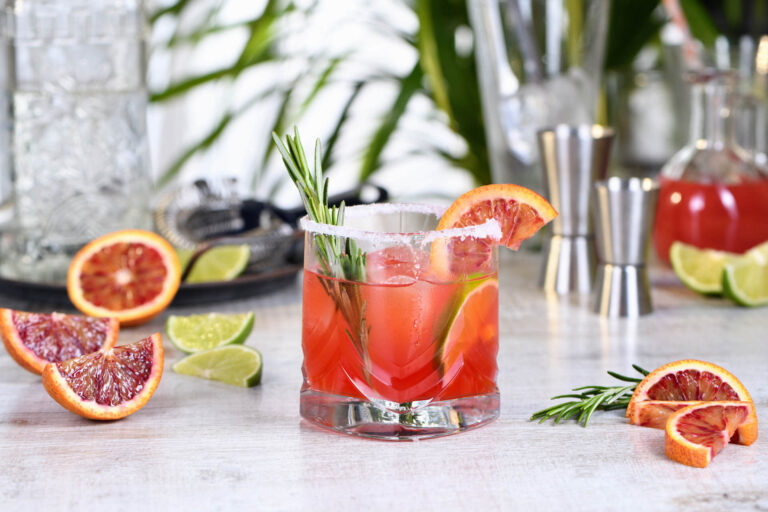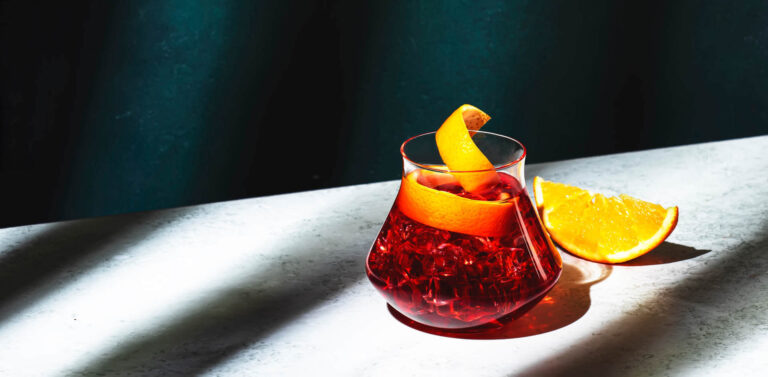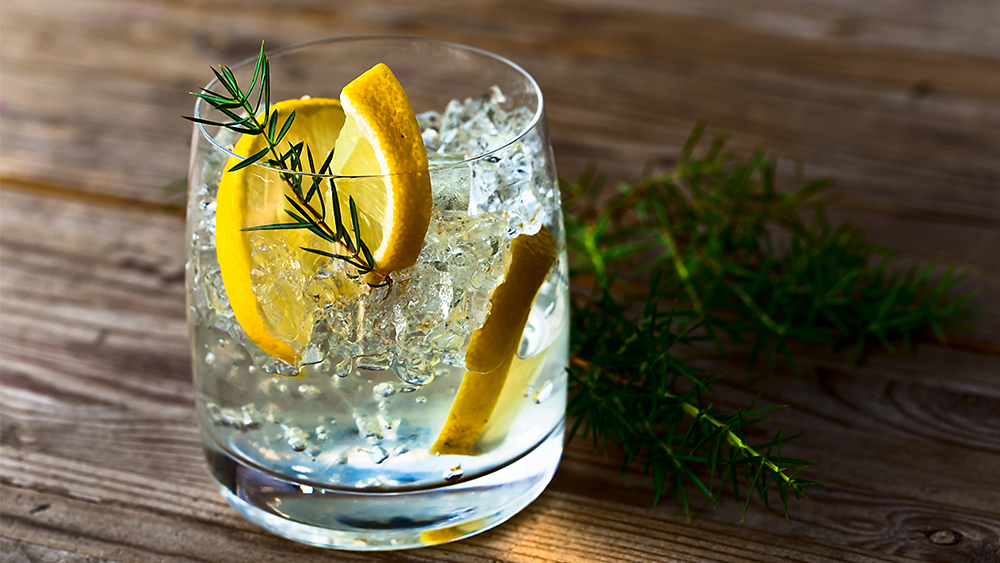This website uses cookies so that we can provide you with the best user experience possible. Cookie information is stored in your browser and performs functions such as recognising you when you return to our website and helping our team to understand which sections of the website you find most interesting and useful.
20/06/2024
Global gin innovation trends
IWSR data shows that although gin is facing challenges in some markets, the category continues to evolve and innovate.
While the premium-and-above gin segment is declining in core markets like the UK and Spain, the segment is expected to perform relatively well in countries including the US, France, Japan, and India.
To drive NPD, brands globally are taking inspiration from local flavours, as well as their surrounding culture, to lend products a sense of place. Some use local or foraged botanicals, or locally sourced water, while others feature production byproducts that link their gins to other drinks categories.
Local or foraged botanicals
Many recent gin innovations tap into unique local flavours and flora. The new Sakura Bloom Edition from Beam Suntory, for example, uses Sakura flowers in its gin production. Meanwhile, Hamada Syuzou Distillers is employing another part of the cherry tree, its wood, in the form of wood chips, in the production of its Sasshu Gin. Further linking it with Japan, the gin has a base of honkaku shochu, a traditional sweet potato-based spirit, and incorporates a number of other Japanese botanicals such as sour pomelo, shikuwasa citrus fruit, yomogi (mugwort) and biwa (loquat) leaves.
Korean artisanal gin brand Buja is made using local, sustainable ingredients, and was first created in the early days of the pandemic. Buja Gin Batch #001 is made with 15 local botanicals, including hallabong, a Japanese citrus-fruit hybrid with mandarin notes grown on Korea’s Jeju Island, as well as culinary herb mugwort, local varieties of juniper berries and pine needles. The range now includes nine products.
Actress Margot Robbie is behind a new gin inspired by her native Australian coastline, Papa Salt Coastal Gin. It features a number of native Australian botanicals including roasted wattleseed, oyster shells and hibiscus. Meanwhile, Australia’s Four Pillars teamed up with skincare brand Go-To to create Four Pillars My New Go-To Gin, infusing it with quandong, a native peach from Western Australia.
Kenyan gin Procera’s Green Dot expression is made using a single juniper tree. The brand unveiled its 2023 edition, made with juniper berries, leaves and toasted wood from a tree in the Narok region of the country, the first time the brand has made use of juniper from this particular region.
Kenyan drinks company African Originals has added Mara Edition Gin to its range. The launch focuses on the Northern Mara in Kenya, with botanicals foraged from the region. These include wild basil and mondia whitei, as well as croton – the latter hand harvested by the indigenous Maasai community.
Local cultures
Some gin producers are taking inspiration from the local region’s history to deliver a sense of place. Emma Watson’s Renais Gin, for example, is inspired by the winemaking region of Chablis, and incorporates grapes that have been salvaged from the winemaking process, as well as pressed skins and lees. To further cement its link to the region, the gin includes a distillate of Kimmeridgian stone, which is said to significantly impact the area’s terroir.
Meanwhile, new Italian gin Arama, hailing from the Veneto region, is made with radicchio from Treviso. It is inspired by the traditional infusions made by peasant families from the roots and leaves of the radicchio plant – an Italian relative of red chicory.
Other spirits or production byproducts
A number of drinks producers are making use of production byproducts from across their portfolio, such as wine or grain spirits, in their gin production. For example, Scotland’s oldest working distillery, The Glenturret, has added The Aberturret Gin to its range, using The Glenturret’s new-make spirit and 14 botanicals, including local chamomile and sumac.
Premium French gin brand G’Vine recently introduced a new watermelon-flavoured addition to its June by G’Vine range in the UK. The brand’s spirits are all created from grape alcohol, rather than the traditional grain, and are produced in the Cognac region of France.
Australian gin Ink’s new Bitter Orange Gin, is made with bitter oranges, sweet oranges, bergamot and grapefruit, as well as the citrus rescued from the distilling of the brand’s original Ink Gin.
In the US, Washington State’s Goose Ridge Estate Vineyards and Winery linked its new gin Feather & Folly to its wine production by using a base made from Goose Ridge Estate cabernet sauvignon grapes, joined by botanicals sourced both from the Pacific Northwest and further afield.
Specific water sources
As a way to tap into the terroir, some distillers are using specific, local water sources for their gins. For example, Canada’s Park Distillery recently launched a floral gin made using glacier water from Banff National Park. Flora & Fauna Gin combines eight botanicals, including coriander, lemon peel, orris root, rose petals, chamomile, green cardamom, and licorice root. The distillery is located within the town of Banff, in the popular tourist destination of Banff National Park, with one dollar from the sale of each bottle donated to Nature Conservancy Canada.
As the gin category evolves, product innovation is helping to drive a sense of excitement and sophistication to the category beyond fruit flavours.
More examples of global gin innovation are included in IWSR’s innovation coverage.
The above analysis reflects IWSR data from the 2024 data release. For more in-depth data and current analysis, please get in touch.
CATEGORY: Spirits | MARKET: All | TREND: Innovation |





